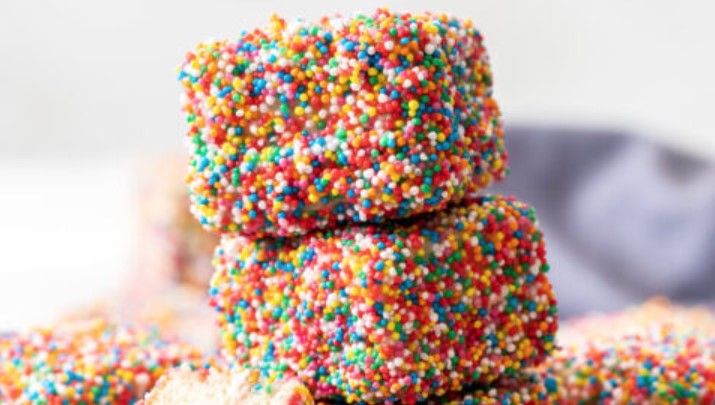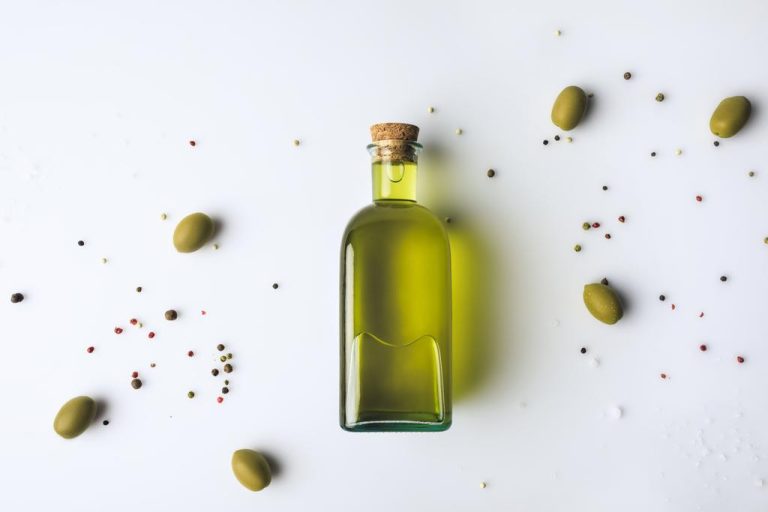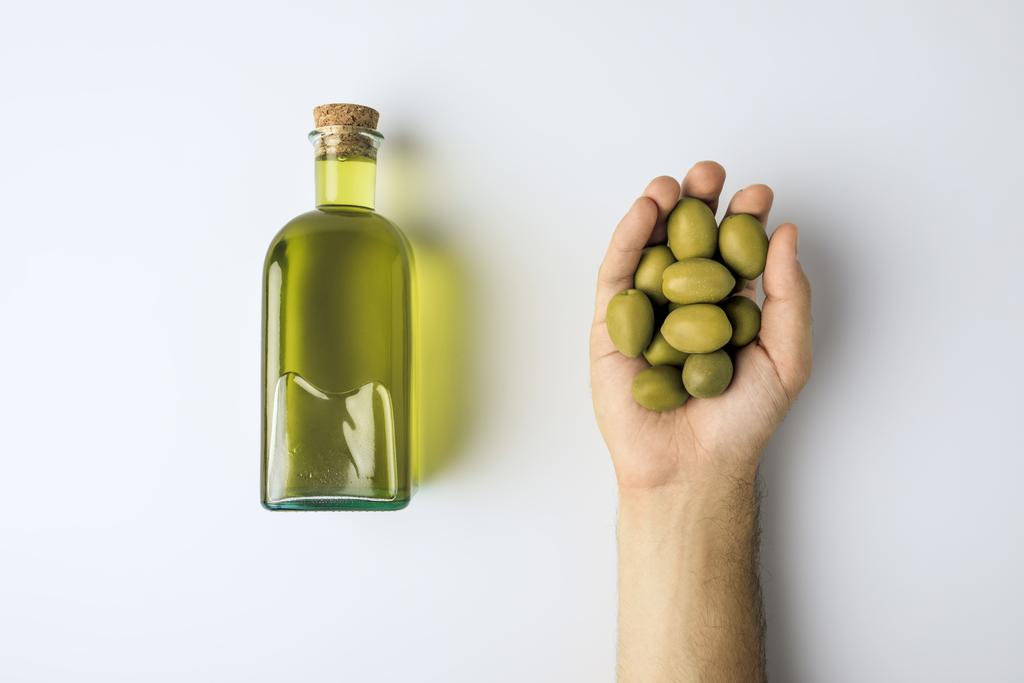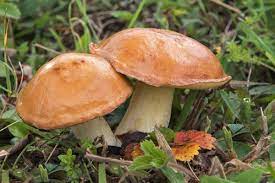Butter can convince with useful information and tips as a home remedy. With the right application, it can do much more than just baking and cooking. You can find out here how butter can help around the house.
Butter as a home remedy for cleaning or washing? It sounds unusual that butter can do so much more. But we’ve collected tips and ideas on how you can also use butter.
Butter – the all-rounder
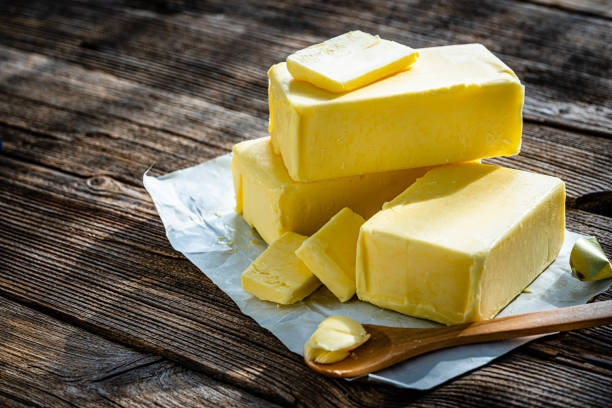
The term comes from the ancient Greeks and actually means only cow’s milk quark. Because it is made from the milk of cows. In the past, milk was left to stand for two days for this purpose. Then the cream that settled on top was skimmed off and worked until the butter was formed. Today, on the other hand, production is done by machine. Then she goes to the supermarket. And in this country, it is very popular. And we use them for baking, cooking and as a spread. But she can do much more! In addition, they come in many varieties. Because this can also be made from sheep’s milk or goat’s milk. It can also be obtained from buffalo or donkey milk. But the most well-known form is that made from cow’s milk. In addition, note the helpful information on margarine and its use.
Use of butter in the home
Butter, like margarine, is spreadable fat. This refines the taste of bread and rolls. Refrigeration will minimize spreadability. It refines many a meal. In addition, it is often used as frying fat. However, butter should be consumed in moderation as the fat is high in calories. But don’t worry, a study shows no negative health effects from eating butter.
1) Remove grass stains with butter
When you discover a grass stain on your clothes, it’s annoying. But then reaching for the butter will help you! To do this, spread a little of this over the affected area. Then you leave it on for a while. You can then wash the stain with lukewarm water. Of course, you can also wash the garment in the washing machine. Other alternatives for removing grass stains are also possible.
2) Remove oil stains
Got an oil stain on your clothes? Then you can remove the oil stain with the popular spread fat. Because butter has a fat-dissolving effect due to the butyric acid it contains. Again, you apply it to the stain. Then wash your clothes with warm water. But beware, margarine cannot be used as an alternative!
3) Keep onions fresher longer with butter
Do you often only use half an onion for cooking? Then the other half often goes into the fridge. But once you cut it, it starts to dry. This makes further use of the onion unlikely. If you want to slow down this process, smear the center of the onion with some butter. You can then cover them with cling film. Now it can be put in the fridge and stays fresh longer.
4) Treat squeaky cabinets
Annoying noises when opening the cupboards? Who does not know it! If your cupboards are squeaking, you can stop it with the popular spreadable grease. To do this, lubricate the affected cabinet hinges with this. After that, the problem should be solved. Other aids such as oil, wax, or Vaseline can also help. You can treat jammed drawers in a similar way.
5) cleaning of wooden surfaces
The spread of fat can do more. But as a cleaning agent for wooden surfaces? Yes, you heard me right. This is because it is suitable for cleaning wooden surfaces. Instead of using expensive chemical products, try butter. If you discover a stain from wet glasses on your wooden table, this will help you quickly and easily. To do this, spread a little on the spot. After allowing it to take effect, wipe it off with a cloth. Now the butter has restored the lost moisture.
6) Remove stubborn resin

Your children come back from playing in nature and have really sticky hands? If you’re dealing with sticky tree sap, you can use butter here as well. For this, you lubricate your hands with this beforehand. You can then easily remove the resin.
7) Relieve a dry cough
Sounds very unusual, but should help. If you want to get rid of your dry cough, you need tools. If you don’t have any medicines from the pharmacy at hand, they can be the savior in need. To do this, smear your chest with some butter before you go to sleep. Then cover yourself up and relax. You can also make an envelope out of butter. My grandma always did it like this. Spread this on a cloth and place it on your chest.
8) Buttermilk
Likewise, the buttermilk obtained as a by-product can work wonders. Because buttermilk helps to create natural beauty. In addition, it can be very effective as a home remedy for sunburn treatment.



